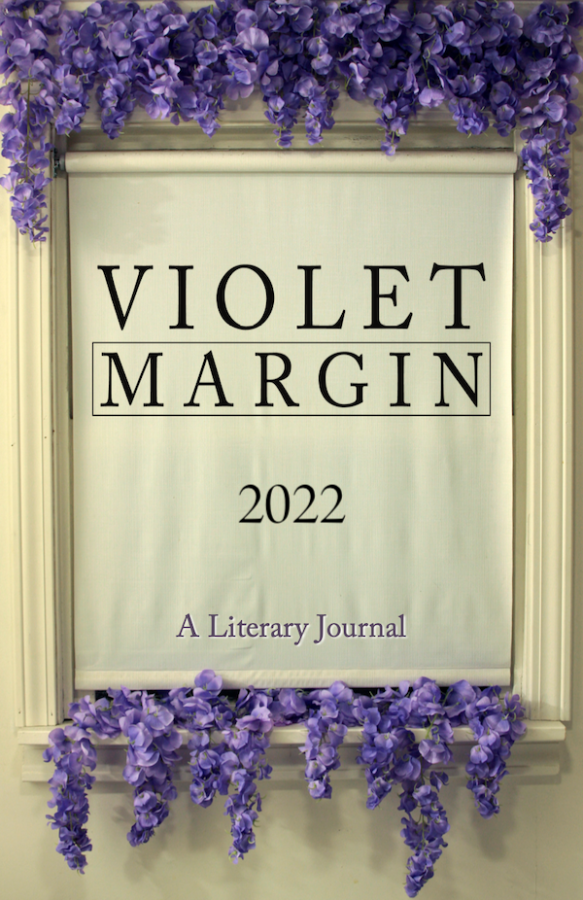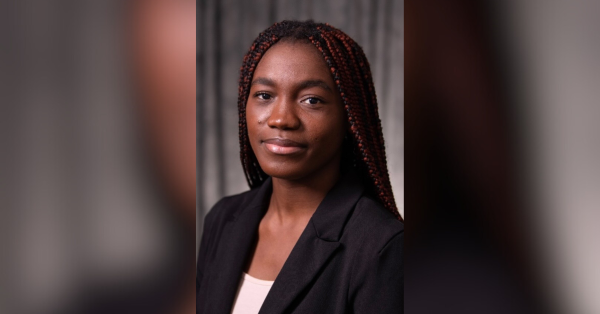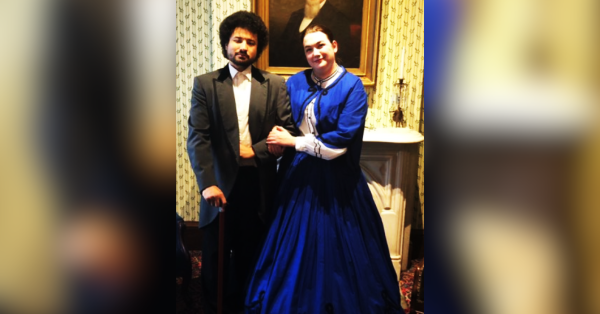Violet Margin
UIS’s Literary Journal, Violet Margin, plans to launch its second issue under its new name at the STARS Event on Thursday, April 7. The literary journal is celebrating 45 years of literary art at UIS and 40 issues of creative work. Regina Ivy, 2021-2022 managing editor, speaks on the history of the journal and the courage that comes with storytelling.
When I was in high school, my senior year, I was fascinated with going through the archives of the yearbook. It was fun to pick a random student out of one yearbook and track their high school career through each publication. It was interesting to see how the building has evolved over the years through pictures. To watch styles change, to watch the inevitable hair loss of long-term faculty that are still walking the building today. I may not have known the majority of those faces I saw in those yearbooks, but I knew that each one of them built onto the story and legacy of a place that was established long before I ever even got there- and is still in the works today.
A similar sensation washed over me when going through the archives of literary journals here at UIS. Established as Alchemist Review in 1977 on this campus – which was then Sangamon State University – this literary journal has played a part in preserving the legacy of this university. These archives tell the story of a community of young writers unafraid of calling attention to the topics that were deemed as “taboo” in public spaces and not caring about the language they use to do so. These pages showcase the best authors and artists unafraid of a little intimacy – of getting specific, personal, up close. They were unafraid of getting a little weird, unreal, and surreal.
In the Spring of 1977, Alchemist Review published its first collection of work. In this collection was a piece titled “The Minotaur.” The piece follows the conversation between a girl and a beast whom she would later find out is a Minotaur while questioning over and over “but which half of you is the beast?” That Fall, “Death’s Wishbone” was published, a brash and explicit telling of life’s final days from the perspective of a bitter old man left in a nursing home. 1979’s issue brings us an excerpt of a science-fiction space opera reminiscent of Dune.
In 1980, the poem “White Woman” simply said, “I’m tired of Black awareness rallies.” It references the Regents of the University of California vs. Bakke case of 1978, which eventually ruled racial quotas in college admissions unconstitutional. The issue of 1990 includes the story of a young white protagonist witnessing the attack of a young black boy during the Illinois State Fair parade – the story is not shy about its setting being in Springfield, with details that are specific only to our city that both bring it to life and keep the story grounded in reality.
2005 brings a poem about a blind man. He plays accordion in front of the Old Capital with a case that has a worn sticker that says, “today something beautiful might happen.” In 2015, an essay titled “Discovering Bewilderness-lite at the Grand Canyon Estates” begs readers to question our methods of preserving Earth’s beauty: “The Earth is one place,” the essay says. “Our attempts to divide it, even to save it, show that we do not really believe this.”
“A letter from a cynic to a rebel” is a tender, romantic, and deeply personal piece from the 2020 issue of Alchemist Review that shows that even the bitterest of worldviews cannot stand against the embrace and the company of someone you love – perhaps a good message for the world in 2020.
It goes without saying that I am so proud to play a part in the history of a literary journal that takes risks – that is not afraid of being unorthodox, unconventional, uncouth, unusual. In 2020, Alchemist Review would become Violet Margin, a literary journal that continues to emphasize these very qualities – the experiences that lie in the “margins” of our existences.
University literary journals are some of the world’s most underrated sources of literature, but this year, we celebrate what lies in the margins as we release our second issue under the name Violet Margin and 40 issues of literary journals at UIS. Over the course of 45 years, the people involved with literary arts at UIS have proven that they are bold, brave, and ready to be heard.













